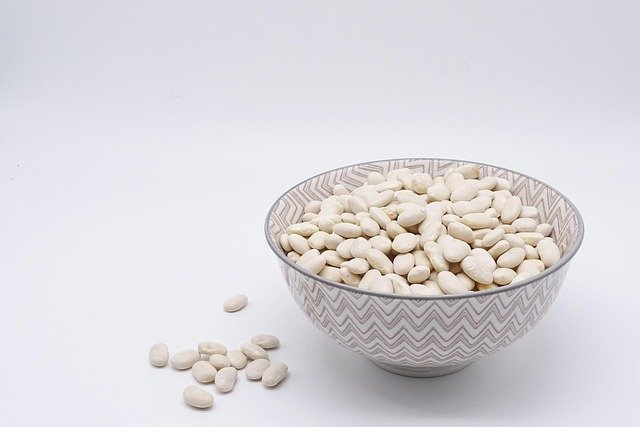Mycoprotein: The Sustainable Protein Revolution
In the quest for sustainable and nutritious food sources, a fascinating contender has emerged from an unexpected realm: fungi. Mycoprotein, derived from fermented fungal biomass, is reshaping our understanding of protein alternatives. But what exactly is this innovative food source, and how does it fit into the future of nutrition?

Nutritional Powerhouse
The nutritional profile of mycoprotein is impressive, rivaling that of animal-based proteins. It contains all nine essential amino acids, making it a complete protein source. Moreover, mycoprotein is rich in dietary fiber, low in saturated fat, and contains no cholesterol. Studies have shown that incorporating mycoprotein into one’s diet can lead to improved satiety, better blood sugar control, and potential benefits for cardiovascular health.
Environmental Impact
One of the most compelling aspects of mycoprotein is its environmental footprint. Compared to traditional livestock farming, mycoprotein production requires significantly less land, water, and energy. It also generates fewer greenhouse gas emissions. As the world grapples with the environmental impact of food production, mycoprotein offers a promising solution for sustainable protein sourcing.
Culinary Versatility
Mycoprotein’s texture and flavor profile make it an excellent meat substitute in various dishes. Food manufacturers have successfully incorporated it into products ranging from burger patties to chicken-style nuggets. Its ability to mimic the fibrous texture of meat has made it popular among vegetarians, vegans, and flexitarians alike. Chefs and food scientists continue to explore innovative ways to utilize mycoprotein in culinary applications, expanding its potential in the food industry.
Addressing Health Concerns
While mycoprotein has gained popularity, it’s important to address potential health concerns. Some individuals may experience allergic reactions, particularly those with sensitivities to mold or fungi. However, research indicates that such reactions are rare. Ongoing studies are investigating the long-term effects of mycoprotein consumption on human health, with preliminary results showing promising benefits for digestive health and muscle protein synthesis.
Future Prospects and Challenges
The future of mycoprotein looks bright, with increasing consumer demand for sustainable and plant-based protein sources. However, challenges remain in scaling production, reducing costs, and improving public awareness. Researchers are exploring new fungal strains and optimizing fermentation processes to enhance yield and nutritional content. As technology advances, we may see mycoprotein integrated into a wider range of food products and potentially used in non-food applications such as biomaterials.
Fungal Facts and Wellness Wisdom
• Mycoprotein contains about 50% more protein than tofu per 100 grams
• The production of mycoprotein uses 90% less land and water compared to beef production
• Fungi used in mycoprotein production can double their mass every 5-6 hours
• Mycoprotein is naturally high in zinc and selenium, important minerals for immune function
• The fiber in mycoprotein is primarily beta-glucan, known for its cholesterol-lowering properties
• Mycoprotein production can utilize agricultural by-products as nutrient sources, reducing waste
As we face global challenges in food security and environmental sustainability, mycoprotein stands out as a beacon of innovation in the nutrition landscape. Its unique combination of nutritional benefits, environmental advantages, and culinary versatility positions it as a key player in the future of food. By embracing this fungal frontier, we open doors to a more sustainable and healthier world, one meal at a time.





